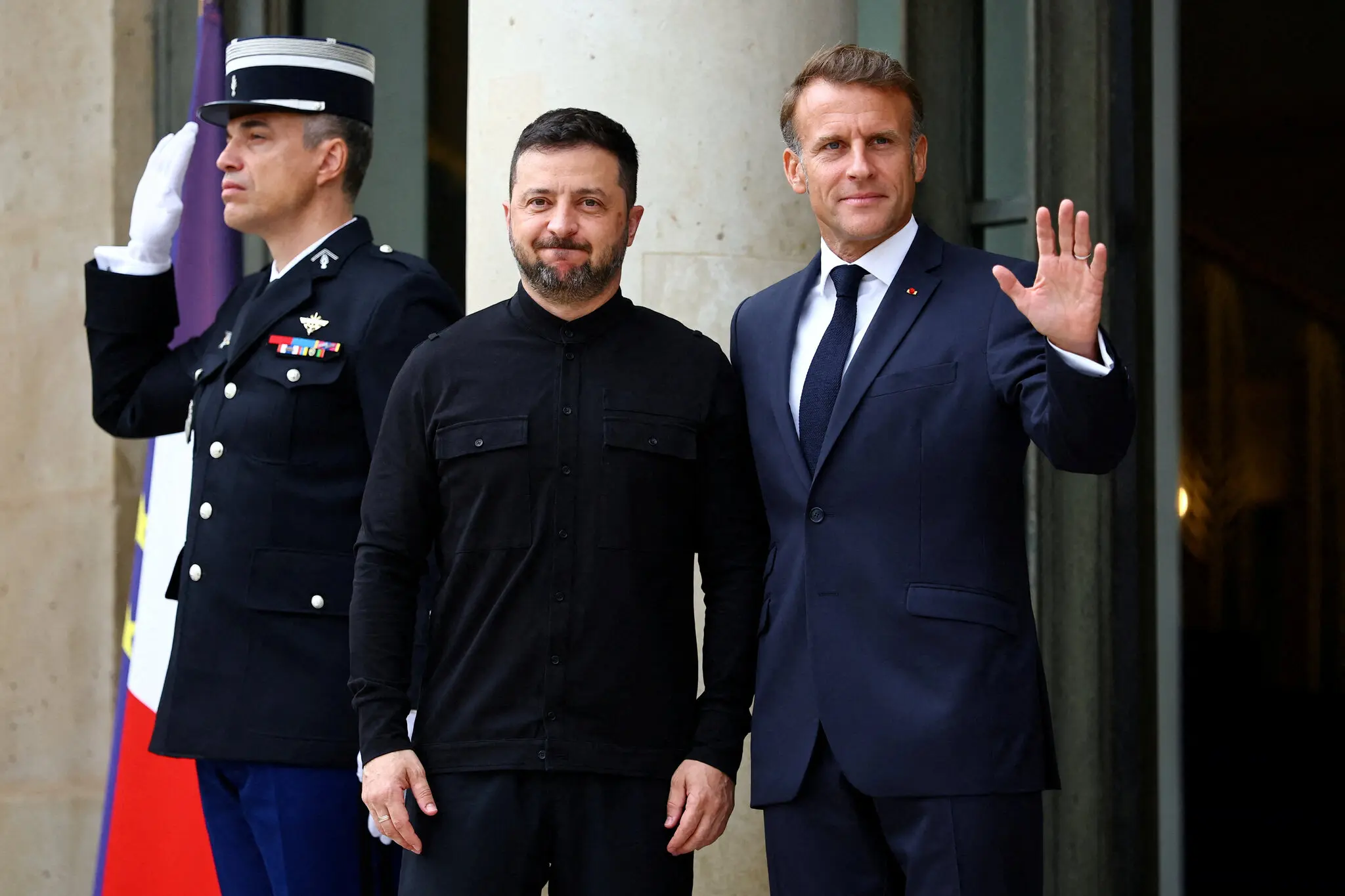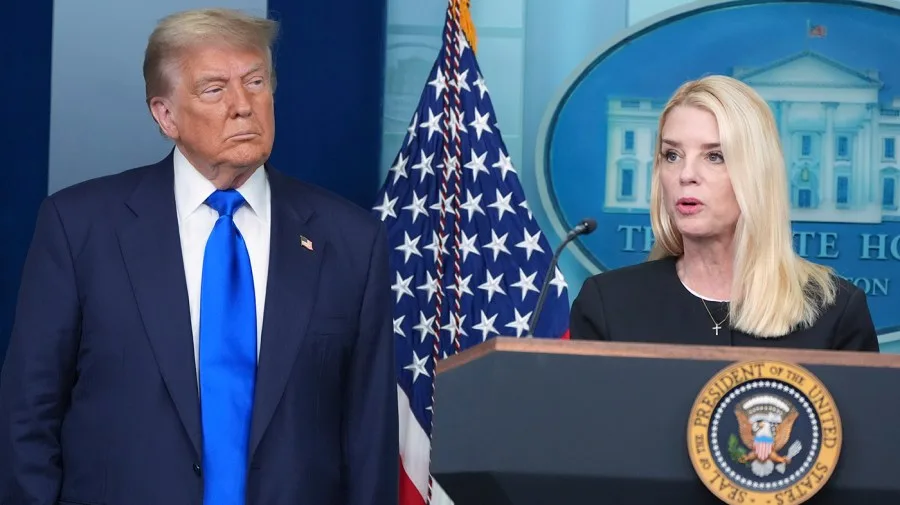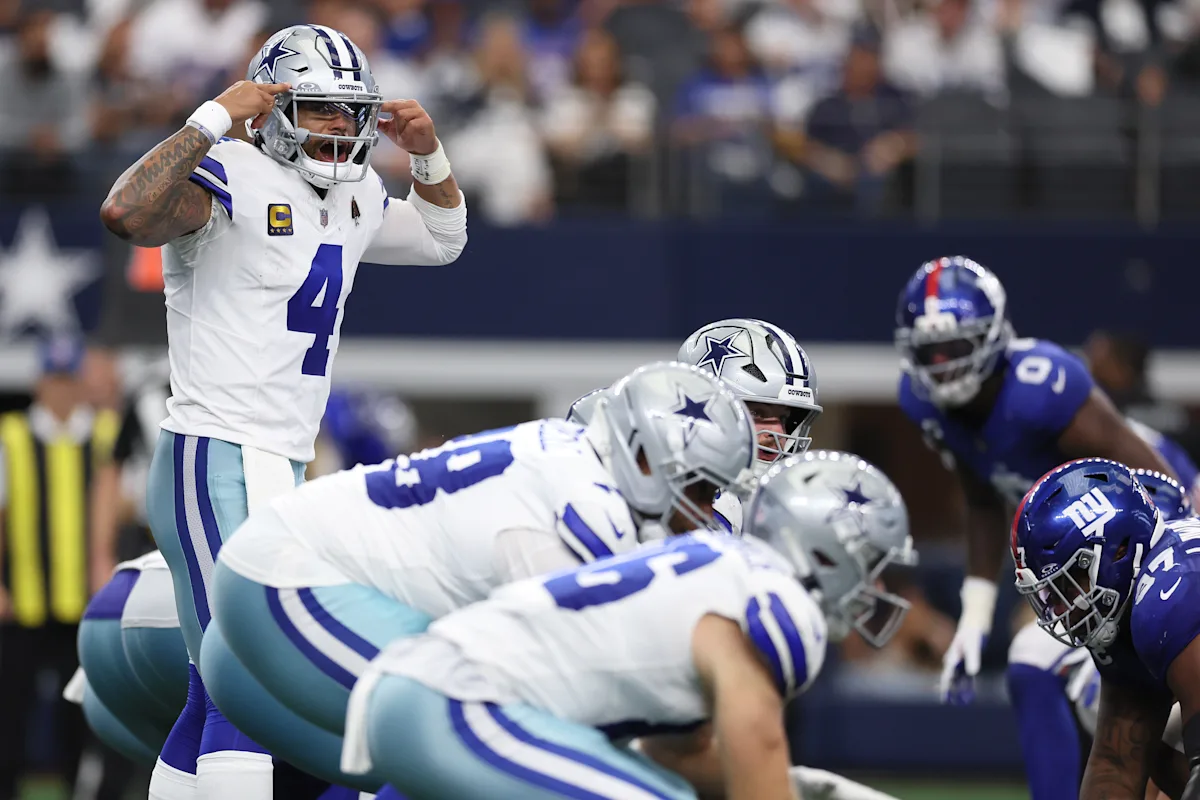Europe Moves to Show It Can Safeguard Ukraine in the Aftermath of War
04.09.2025
Europe Seeks to Prove Readiness to Safeguard Postwar Ukraine
Macron’s Paris Summit
French President Emmanuel Macron convened a high-level meeting in Paris, joined by over 30 world leaders — most virtually — including Ukraine’s Volodymyr Zelensky. The goal: to showcase a “coalition of the willing” prepared to uphold peace in Ukraine, should a cease-fire or settlement with Russia materialize.
The gathering followed weeks of technical talks among military officials. Political leaders were tasked with reviewing concrete options for securing any truce and pledging tangible contributions that demonstrate real commitment, according to French diplomats.
Macron, standing beside Zelensky, declared that Europe must rise to the occasion: “The security of Ukraine, both now and in the future, is inseparable from Europe’s own security.”
A Message Beyond Kyiv
While reassurance for Zelensky was important, much of the messaging was directed at Washington — and specifically Donald Trump. The former U.S. president has vowed to end the war but has sent mixed signals about responsibility for the invasion and possible solutions.
“Europeans want to prove they can deliver serious security guarantees for Ukraine — enough to matter after any cease-fire,” said Martin Quencez of the German Marshall Fund. “But above all, they want to send a signal to the United States.”
The question remains whether the commitments are strong enough, and the coalition unified enough, to persuade Trump to sustain support for Ukraine and exert real pressure on Russia’s Vladimir Putin.
Low Expectations, Big Stakes
Despite the fanfare, only about ten leaders attended in person. Britain’s Prime Minister Keir Starmer co-chaired the event remotely, while German Chancellor Friedrich Merz also stayed away. Trump’s peace envoy, Steve Witkoff, however, did attend.
European leaders have worked urgently to re-engage Trump, whose earlier term strained alliances and saw the U.S. retreat from traditional roles in Europe. His recent meeting with Putin in Alaska ended with Russia presenting a sweeping peace plan requiring Kyiv to surrender territory — a proposal that alarmed European capitals.
In response, Macron, Zelensky, and other leaders rushed to Washington to press Trump into supporting a European-led security guarantee for Ukraine, one that would exclude American ground troops but involve U.S. participation in other forms.
Crafting a Security Framework
The Paris meeting was, in essence, Europe’s attempt to present its “homework.” NATO Secretary General Mark Rutte stressed that once Europe finalizes a credible plan, talks with Washington can intensify.
Proposals under discussion include a “reassurance force” positioned away from front lines, with commitments from multiple European nations. While details remain fluid, defense ministers reviewed drafts this week, with leaders now tasked to refine them further.
Still, major players — Germany, Poland, and Italy — have ruled out sending troops into Ukraine, echoing Washington’s stance. Germany, in particular, has warned that much remains unresolved.

Building Ukraine’s Defenses First
European leaders acknowledge that Ukraine’s own armed forces — nearly one million strong — are the first line of defense. Strengthening Kyiv’s long-range missile systems and air defenses is seen as essential before any peace deal is signed.
The idea of a European reassurance force would serve as a secondary deterrent, designed to discourage Russia from relaunching attacks without being perceived as a direct threat to Moscow.
American involvement is viewed as the crucial third pillar. For now, U.S. officials have agreed only to intelligence sharing, satellite monitoring, and command-and-control support for any postwar security mission.
Doubts and Skepticism
Since Putin’s Alaska meeting with Trump, Russia has intensified its bombing of Ukraine and dismissed further talks with Zelensky. Many European officials hope Trump will take notice of Russia’s hard line and back Ukraine more decisively.
Analysts, however, remain cautious. “This is about telling Trump that we’re preparing a structure that can preserve the peace he’s negotiating,” said Quencez. But beyond France, Britain, and Estonia, few countries have expressed willingness to commit troops.
Chancellor Merz reiterated that “no one is discussing ground troops in Ukraine right now,” while acknowledging that the war is likely to drag on.
Germany is weighing relocating some of its Ukraine-training missions to Poland, but such a move would need NATO approval and parliamentary backing.
Ukraine’s Perspective
For Kyiv, reliance on small European contingents offers little comfort. Ukrainian experts dismiss the notion of a “tripwire force” that would trigger larger European intervention if Russia invaded again.
Maksym Skrypchenko of the Transatlantic Dialogue Center remarked, “No one here truly believes European armies would fight for Ukraine.” Still, some argue European soldiers could serve in western Ukraine as justification for allies to police the skies overhead.
An Uncertain Future
Ultimately, all discussions hinge on the existence of a settlement — a prospect that remains remote. “The real question is whether the United States can or will compel Russia to accept any guarantees,” Skrypchenko warned. “Otherwise, these efforts risk being an exercise in futility.”






Leave a Comments